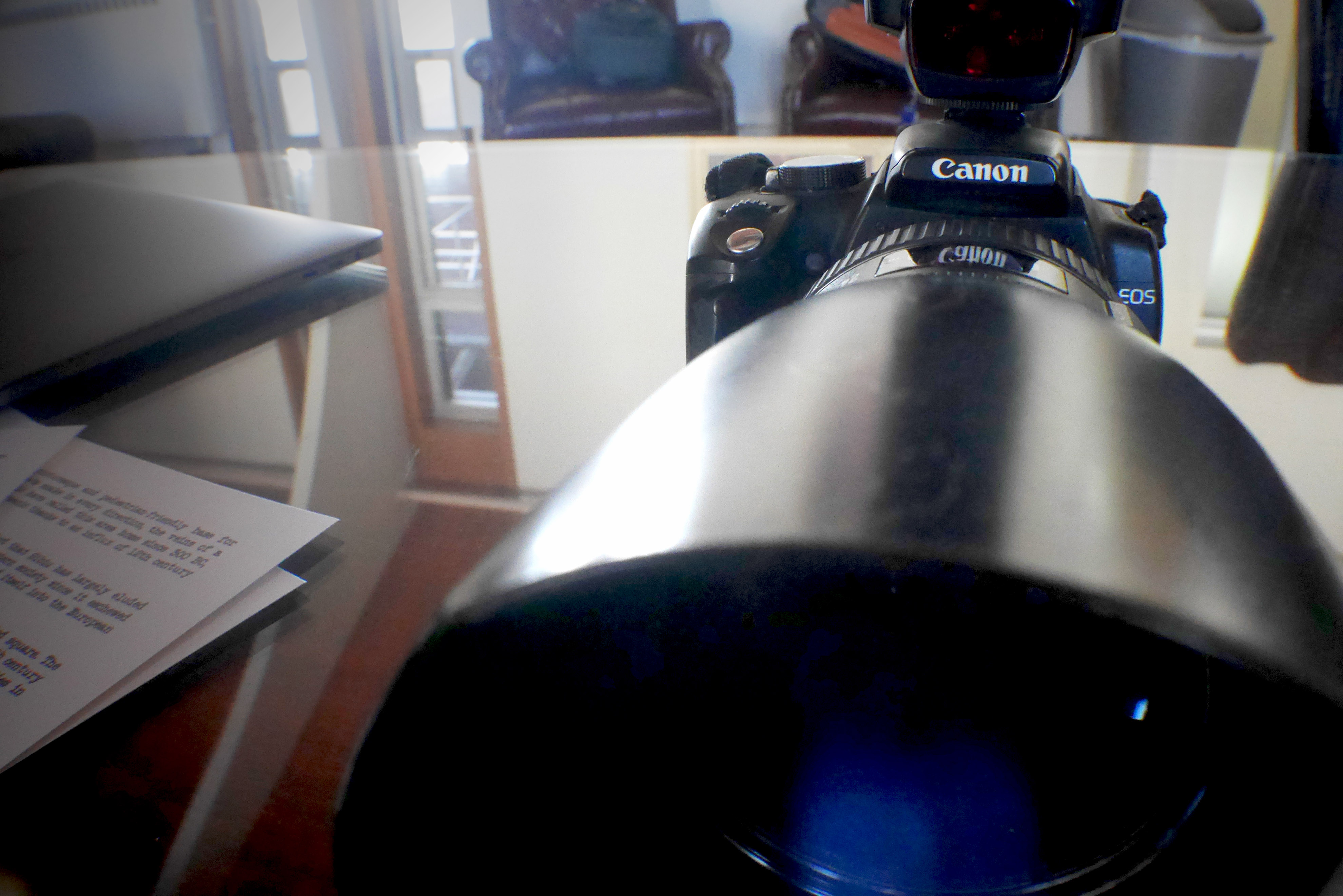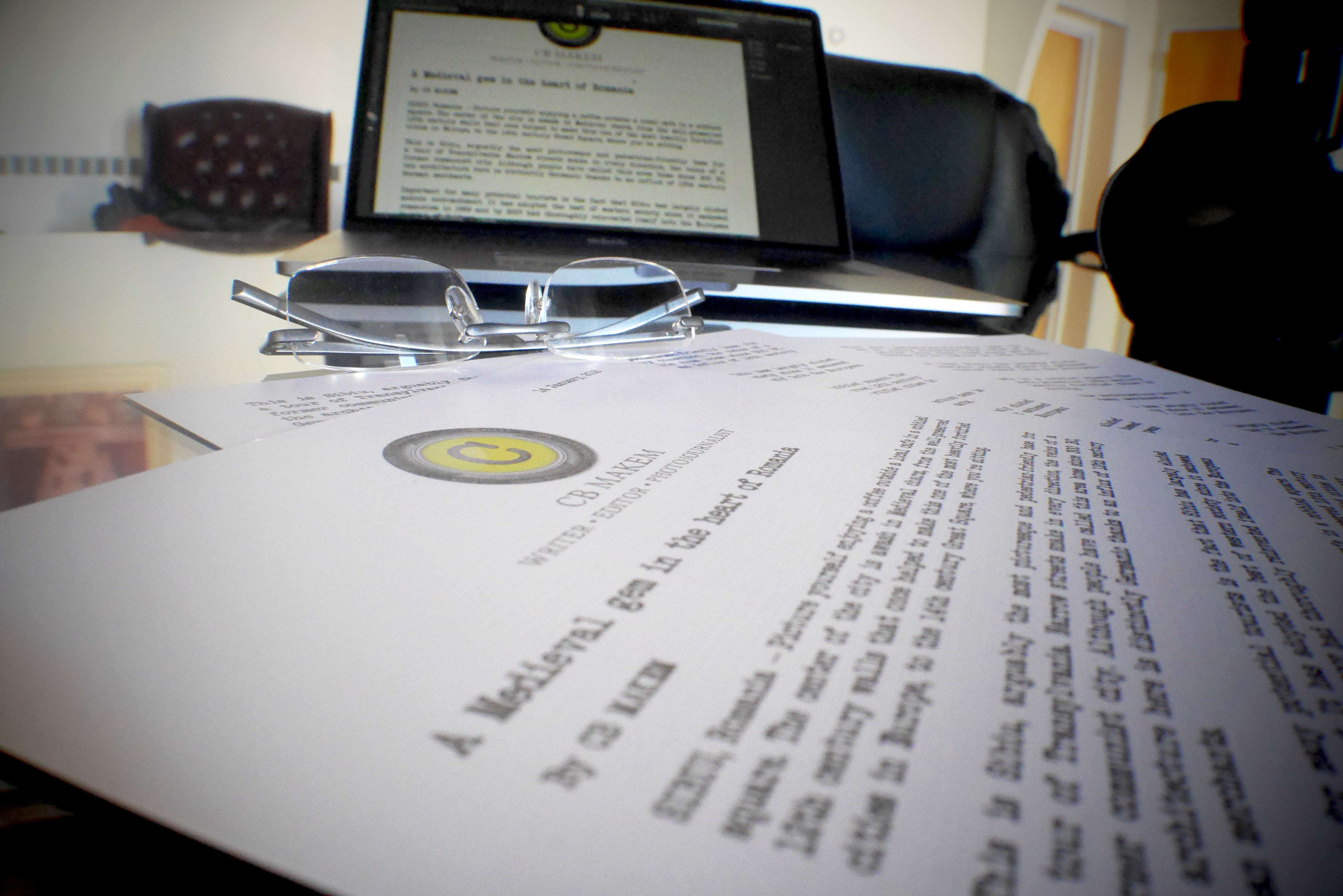Newgrange
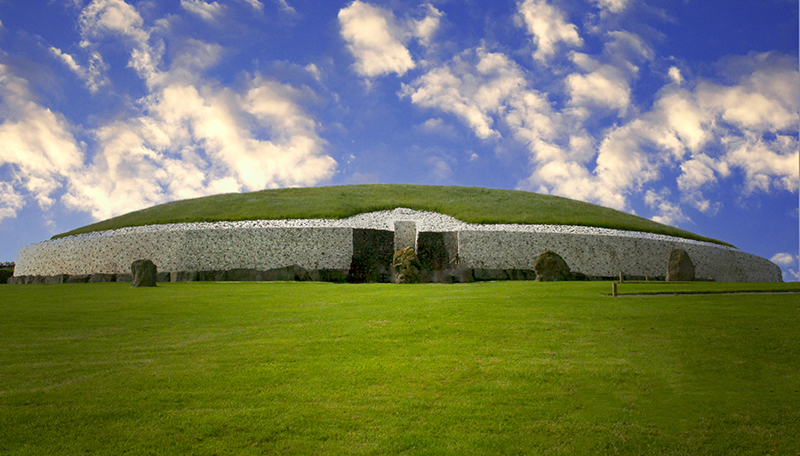
My father never forced anything down our throats, but if there was one thing that came close, it was the importance of an ancient mound of stone and earth in the Boyne Valley known as Newgrange. He used to bring the family to experience it starting in the 1980s.
Back then, we could just drive up to the base of the hill, walk past the unmanned booth where someone should have been selling tickets and explore. There was often no one else there, though occasionally we’d run across someone the old man inevitably knew.
Many Ohio Irish American News readers will already know about Newgrange and will have their own stories about it, but I would be remiss in my son duties if I didn’t at least dedicate one column to it.
What the heck is it?
Newgrange was built by stone-age farmers 5,200 years ago, making it older than the Great Pyramids of Giza and Stonehenge. In fact, there wasn’t much that boiled my father’s bottom more than the international press swooning over the 100 stones in Wiltshire while simultaneously ignoring the gem of the Boyne Valley. But, I digress.
Located in Meath, just west of Drogheda in County Louth, the circular mound is 279 feet in diameter and 43 feet high and archaeologists somewhat agree that it was a passage tomb and ancient temple. There is a sixty-two-foot entrance passageway (at times tight) that leads into the main chamber, with three alcoves. Above your head, you’ll find a corbelled roof that hasn’t leaked in its more than 5,000-year history. Let’s see your modern roofer offer that kind of guarantee.
Surrounding the whole affair are ninety-seven large kerbstones, some of which are engraved with megalithic art, the most prevalent being its entrance stone with the famed triple spirals adorning it.
But the most striking feature about Newgrange comes in the form of a roof-box at its entrance. For five days around the winter solstice, the morning sun shines through the opening, glides up the passageway and illuminates the inside of the chamber. Now when I say morning sun, I’ll add that this jumble of rocks is in Ireland, so morning clouds are more often the case, but you can’t blame the old farmers for trying. The solstice would have marked the beginning of a new year, which is quite the impressive feat when you figure they needed to know the seasons and the position of the sun and all of that malarkey.
The folks in charge have a handy light bulb that shines into the dark confines of the main chamber (the builders weren’t big on windows other than the roof-box) which gives visitors an idea of what the solstice would look like inside. They shut off the original electric lighting from 3,200 B.C. for complete darkness before flipping on the artificial sun (also original, I believe). For those of you with claustrophobia, you might want to skip this bit on the tour.
My cousin, Peter, surprised my father one time by securing him a spot on one of the coveted winter solstice tours, usually reserved for muckity-mucks, princes, sheiks and the like. The sun did indeed make the rarest of showings on that fateful day, allowing an Irish Times photographer to capture the sunlight shining off the red hair of a young girl for the paper’s all-time best-selling photograph. In subsequent years, my father called it the single greatest moment of his life, even after I reminded him that he had children.
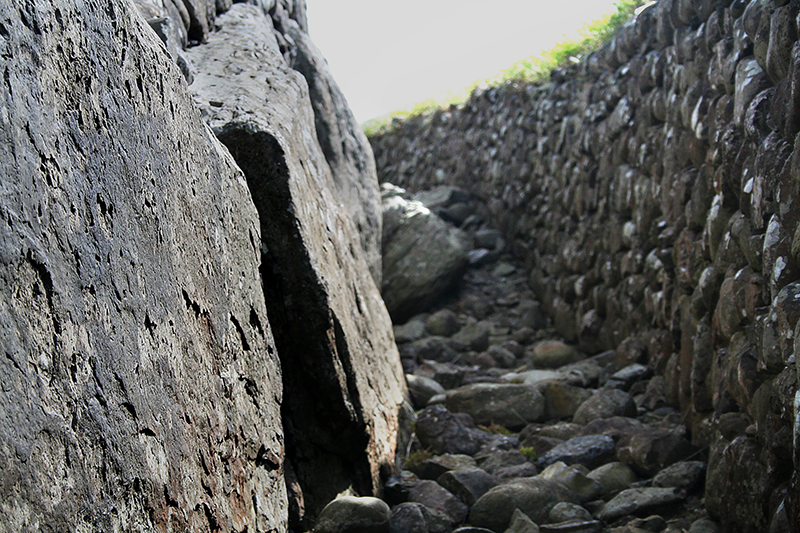
Too big for its britches
Alas, like all good things, people eventually found out about Newgrange. One time while bringing a friend to visit the old stomping grounds, I wasn’t able to locate it. The road I used to take simply wasn’t there. Come to find out, they no longer wanted people just showing up and walking in. There was a spanking new visitor center located a hop, skip and a jump away where patrons were corralled into groups and herded one small bus at a time to the site. I suppose it was all for the best.
The center is a wonderful spot for discovering the history of Newgrange, as well as nearby Knowth and Dowth (two other massively important Neolithic sites in the Brú na Bóinne complex). And if you’re being dragged around because you couldn’t care less about ancient history, there’s a handy café with hot soup, sandwiches, tea and biscuits. Of course, all of this is closed due to a global pandemic, but you’ll know about it for later.
It looks in great shape
I’m sure you’re pondering by now that the picture indicates the joint hasn’t aged a day. How’s that possible? Well, the site was sealed up after its initial use and time did indeed take its toll on the place. Those beautiful quartz stones lining the front of the façade tumbled to the ground and Mother Nature slowly took over. Eventually it just resembled a mound of earth.
It sat undisturbed until 1699 when landowner Charles Campbell sent some of his laborers out to dig parts of it up looking for stone. They realized it wasn’t just a dirt mound, and archaeologists have been interested ever since. There was even word that skeletons were found inside the alcoves off the main chamber, causing some to speculate that it might have been where they brought their dead to make the trip to the afterlife. This matched up quite well with the birth of a new year at the winter solstice.
In the 1970s, Newgrange was restored to how they presumed it looked 5,200 years ago, including the quartz stones in the front. They also added stairs to get around the giant stones in front, as originally one would have had to climb over them to gain access.
So, there you have it. One of the most important archaeological discoveries in the world, a UNESCO World Heritage Site, located just a couple miles from Our Lady of Lourdes Hospital, in Drogheda, where a certain OhioIANews columnist was born. Makes you think that Stonehenge might be the “jumped the shark episode” of neolithic sites, doesn’t it?
Visit www.newgrange.com for more information.
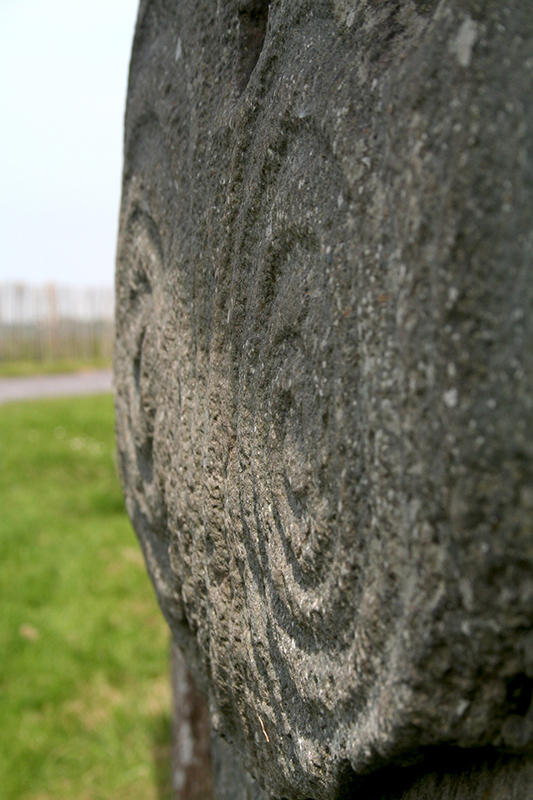
No posts have been published yet.
